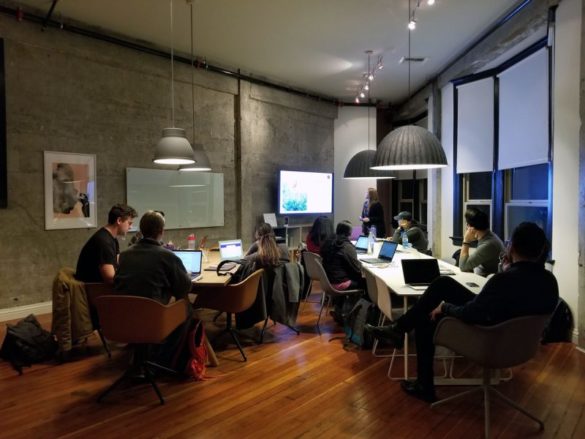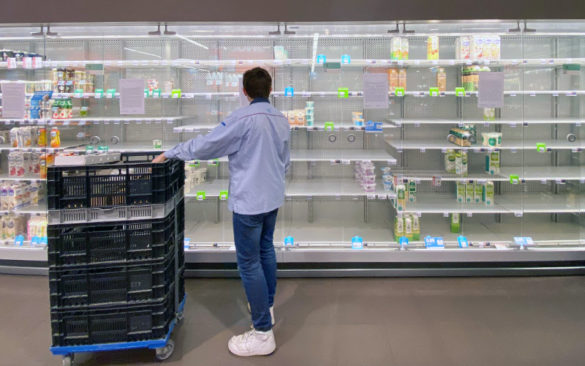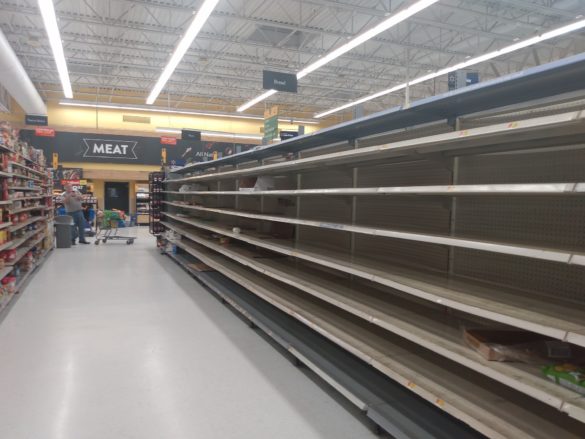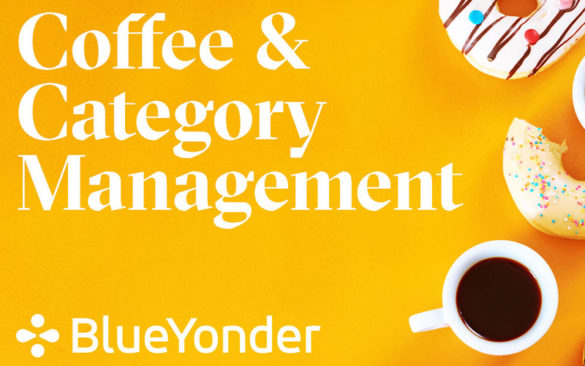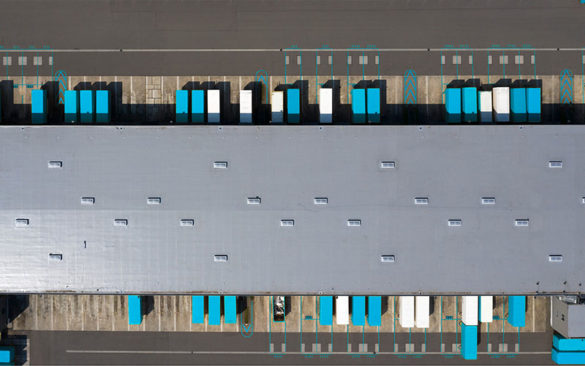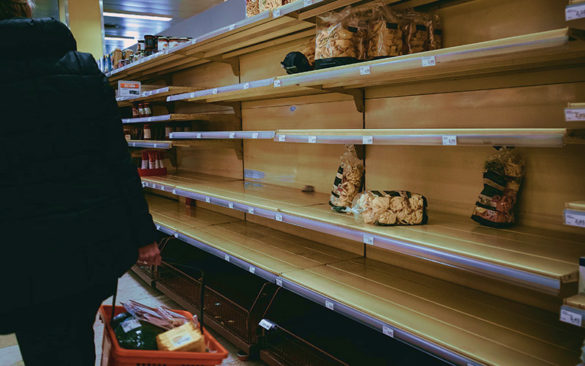How the COVID-19 Crisis Will Continue to Affect Retail Supply Chain Thinking
Supply chain management professionals have seen a lot over our careers. From a retail supply chain management perspective, it was a matter of understanding which throttles to slow down and when to speed things back up as the recovery took hold. There is some value to looking at how our supply chain thinking will fundamentally change in the months to come:
Blue Yonder Named a Leader in Gartner’s Magic Quadrant for Transportation Management Systems
Blue Yonder has again been named a Leader in the Gartner Magic Quadrant for Transportation Management Systems (TMS) report.
Crisis Response: Dealing with Here and Now with Your Workforce
Organizations have been battling store closures, panic buying and much more due to the COVID-19 pandemic. Managing employees’ safety and health, stock levels, supply chain disruption, store recovery, and customer service during this crisis has become a herculean task. Many organizations have had to close their doors either by choice or by regulations. This will have both an immediate and longer-term impact.
COVID-19 Survey: Consumer Trends and Their Impact on Retail Supply Chains
As the world adjusts to a new set of norms in response to the COVID-19 crisis, the phrase “business as usual” continues to take on new meaning for the economy, organizations, consumers, and the supply chains that support their daily demands.
Category Management in the New Normal – POV from Blue Yonder
COVID-19 has certainly changed the way we work, shop and interact. The impacts are even greater as a strained supply chain becomes stretched to capacity to meet the demands and needs of customers looking for critical essentials. Never has there been a time when the supply chain has been strained to this degree. As I reflect on these unprecedented times, I wanted to provide a point of view on the direction of category management now and in the future.
What Retailers Need to Consider to Come Out Ahead from Times of Uncertainty
During times of distress, nothing brings comfort like returning to basics and simplicity. As the impacts of the COVID-19 continue to evolve, consumers are faced with unprecedented disruptions to these basics while retailers are scrambling to understand impacts on their supply chain. The one constant, though, in all the chaos: retailers remain focused on servicing customers and keeping their employees working.
How COVID-19 Will Impact Softline Retailers
Softline retailers have been battling store closures and traffic declines in malls for several years. They have made moves to shift toward experiential retailers. They have deployed omni-channel capabilities like buy online pickup in store (BOPIS) and buy online return in store (BORIS) to drive traffic and deliver a seamless experience for customers. Ultimately, softline retailers were just starting to see the light at the end of the tunnel… until COVID-19 coronavirus arrived.
How COVID-19 is Shifting Supply Chains
From the outside, it does seem like things are beyond control. Food/grocery retailers are seeing unprecedented demand for many items, most notably paper, and sanitizing products, canned goods, and products with a longer shelf life. But what are we seeing? If we step back and look at it from the inside, i.e., the overall supply chain, things begin to make more sense. After all, are people using more toilet paper, or eating three times as much food than they normally do? It’s not about the shortage, it’s about how quickly retailers can stock shelves when masses of people clear them out far quicker than average.
Importance of a Risk-Aware Supply Chain
A recent McKinsey & Company “COVID-19: Briefing Note”1 highlighted end-to-end supply chain actions to consider in the response to COVID-19 (slide 24). It only served to underscore Blue Yonder’s mission in supporting our supply chain customers and helping them ensure that supplies and products get to the people who need them, on time.
Improving Livelihood during Crisis with Retail Forecasts
As with hand washing, what might be deemed standard needs to be reevaluated for quality in your forecasts. Even if you are not consistently managing your exceptions and tuning your forecasts right now, these critical set of steps will ensure the cleanliness and usefulness of your demand forecasts for the next week, month and year ahead.

